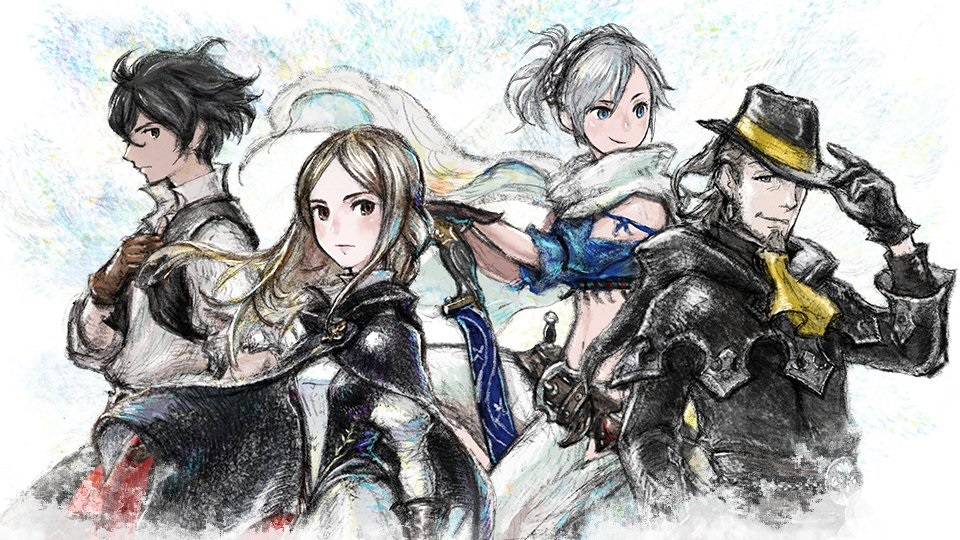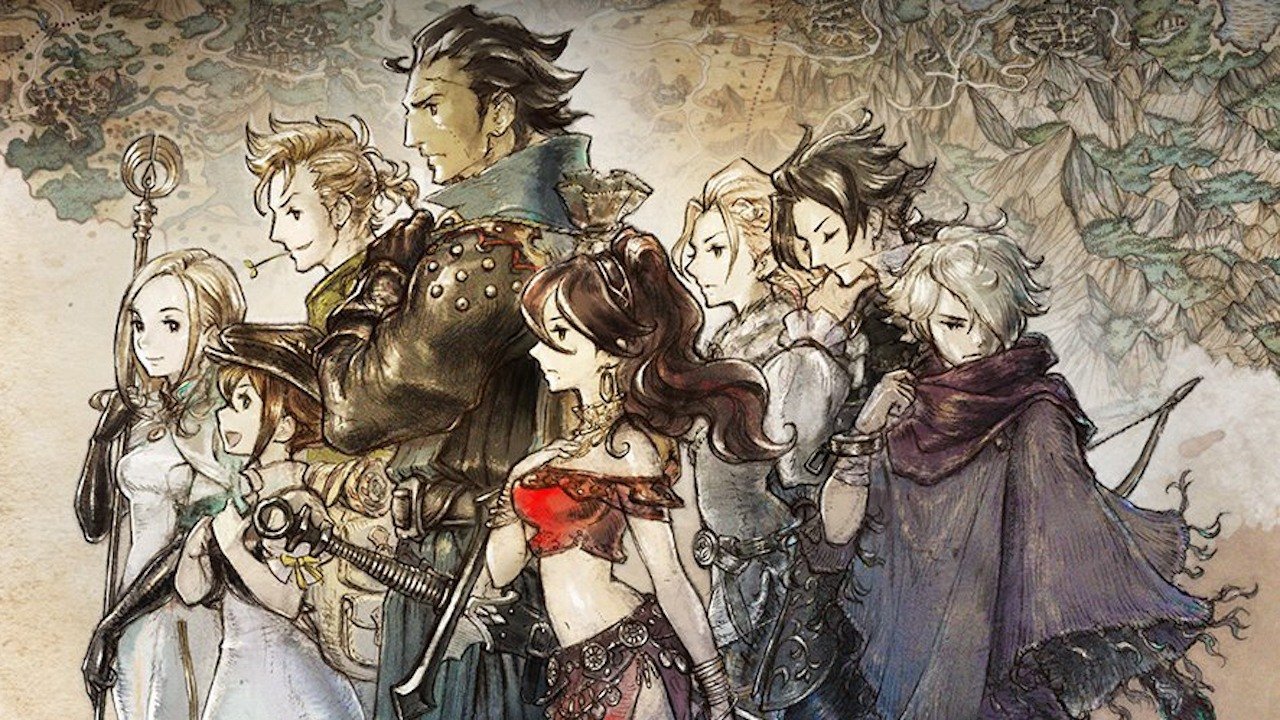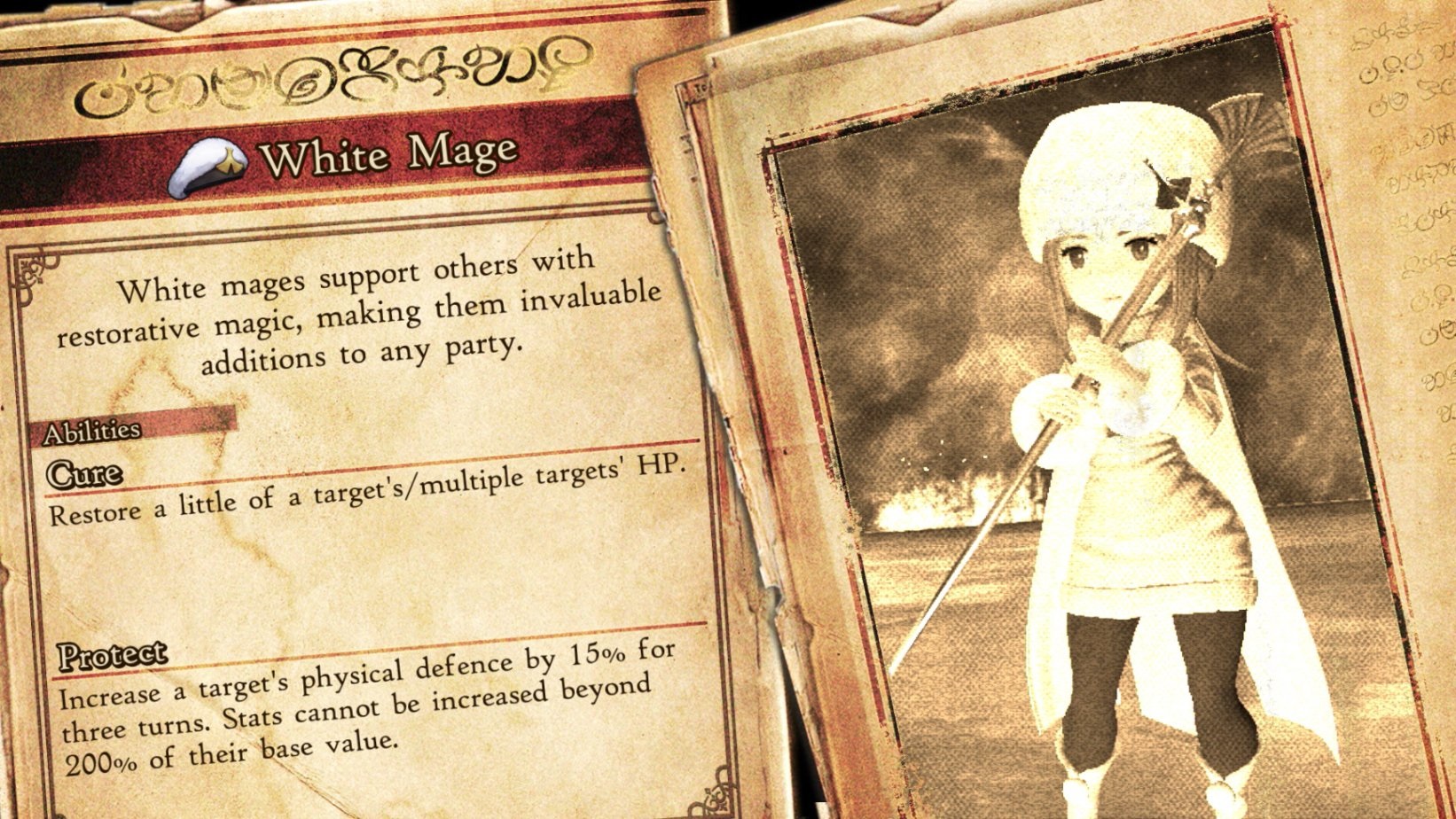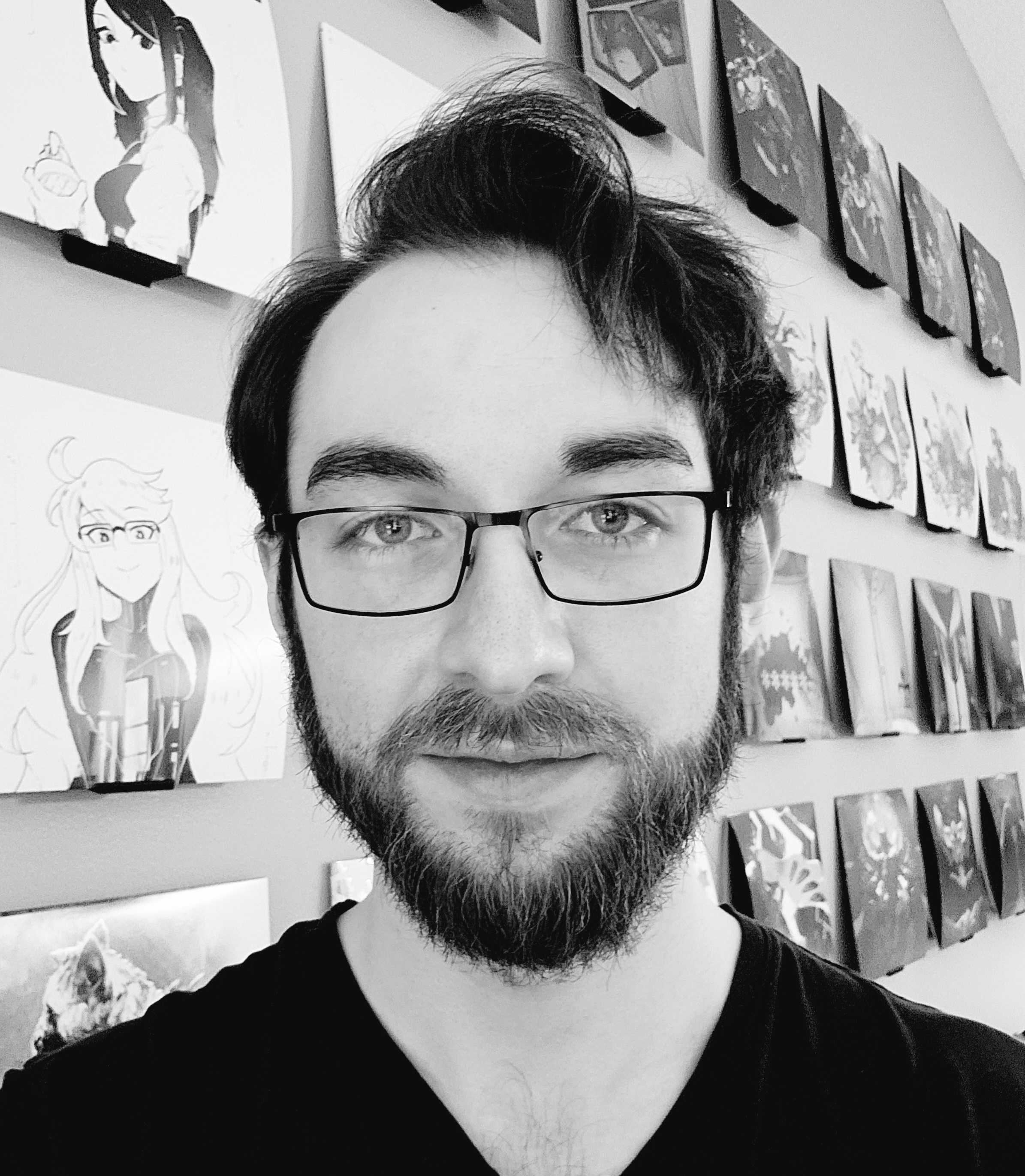The making of Bravely Default 2, a return to form built on demos, mistakes, and Octopath Traveler
Inside the art and design of Bravely Default 2

While Bravely Second: End Layer continued the story of the original game, Bravely Default 2 is now hoping to continue the story of the franchise some six years later. The third (and slightly confusingly named) installment of the series will launch on Nintendo Switch this Friday, February 26, and producer Masashi Takahashi hopes to see it establish Bravely as a full-fat series home to independent but thematically connected stories and games. He and character designer Naoki Ikushima have also worked to marry the best parts of Bravely with lessons learned from Octopath Traveler, the last Switch JRPG that the two worked on, and player feedback has shaped that process at nearly every level.
A return to form

"While I am really proud that so many people have played the games and like the series, at the same time I also feel with each game we had a lot of points to reflect on," Takahashi says of the series thus far. "With Bravely Second: End Layer, we received a lot of comments mainly about the story and I took those seriously. In the next title we released, Octopath Traveler, I changed the plot a little and tried to create a convincing setting for the game using adult characters instead of having a story about younger ones. With Octopath Traveler, players commented that they wanted to experience more conversations between the main characters, and this is one thing that led us to Bravely Default II. Each time it’s a cycle of reflection and feedback."
Bravely Default was, at face value, a fairly familiar story about unlikely heroes hoovering up elemental crystals to right the realm. It felt like its narrative started with the world and then wove in character moments wherever possible, but it wasn't without its hooks. Its second-act twist still occupies my thoughts after several years, not unlike the iconic betrayal in the original BioShock. Octopath Traveler, meanwhile, went all-in on its eight protagonists from the start, unifying them through a common goal and using that structure to flesh out each of their stories. Its largely adult cast also let Octopath explore more mature settings and themes – the history of the Dancer, in particular, springs to mind – but the sheer size of its main party also led some character stories to feel a bit thin.

It's no surprise, then, that Bravely Default 2 is back to four characters – new characters in a new world, mind – and also back to crystals, a tried-and-true tentpole to hold everything up. How and if it uses this premise to try new things remains to be seen, but its main party has already developed a fair bit of personality, in large part thanks to the many demos the game has received. Demos are tragically rare nowadays, especially for single-player games, but Takahashi says the demo process has been instrumental for Bravely Default 2.
"Some of the comments we received were really passionate about the series, saying things like ‘I’ve been waiting for this forever!’ It made me happy to have been able to announce the title," he says of the demo feedback. "However, it’s also true that there were a lot of comments asking us to make improvements to certain aspects. I’m really grateful that there are so many people out there willing to go to the trouble of taking part in these surveys. A lot of the comments made sense to us and were very useful. Of course, the comments weren’t all about things that we’d overlooked; there were also a lot of comments about some points that we expected would be picked up on but that we just couldn’t make ready in time for the demo. In this sense, we were able to review the whole game having heard not just the majority opinion but minority opinions as well, and I feel that was a truly valuable opportunity to have as part of the process of making the full game."
Switching things up

Importantly, Bravely Default 2 is launching on Switch – and much like Octopath Traveler, it's been positioned as the big mid-year JRPG for the system. As a platform, the Switch is much roomier compared to what the 3DS offered the first two games. For starters, Takahashi says that the console allowed for more and better-quality music, hence the striking orchestral score featured in every trailer. Naturally, it also allowed for more detailed characters and environments, which has been both a joy and a challenge for Ikushima.
"I think the biggest difference is that you’re now able to see textures and details when you get close to a character thanks to the increased resolution," he says. "For example, I’ve included some detailed embroidery on Gloria’s dress, which is something that wouldn’t have been possible to see on Nintendo 3DS. When I was prototyping and saw it on screen, I was really impressed! As a designer, it’s something that I’m quite happy about, of course, but it’s also something that has proved to be a lot of work too!
Weekly digests, tales from the communities you love, and more
"I put a lot of importance on the character silhouette shapes," he continues. "I didn’t want the designs simply to look cool; I also wanted them to convey the character’s personality so that you can guess what kind of a person they are just by looking at their silhouette shape. Maybe you could say the process was something akin to a negotiation with the character."

Bravely Default 2 uses the back-and-forth combat system that the series takes its name from as well as the mix-and-match job system that made the first two games so fun. Of course, this meant that each party member needed an outfit for every job, which created a lot of work – and a lot of opportunities – for Ikushima. His favorites include the Vanguard, White Mage, and Monk outfits worn by some of the game's early villains, but each party member also puts their own little spin on each job.
"In Octopath Traveler, a lot of the designs had this sense of realism about them that fit the world of the game," Ikushima says. "In comparison, what’s great about the Bravely series is how fancy the job outfits are. In previous games in the Bravely series, the designs were handled by several artists rather than just one, and I feel that their variety was part of what gave the Bravely series its feel. In designing the Asterisk Holders by myself in this installment, I wanted to give them a certain degree of consistency, but I was also keen to avoid sticking to one particular type, and so designed each of their jobs from a new angle to give them an interesting look."
My chat with Takahashi and Ikushima is filled with references and throwbacks to Octopath Traveler and Bravely Second, but rather than familiarity, there's an overriding sense of newness and ambition to the way they describe Bravely Default 2. In many ways, the upcoming sequel was specifically crafted as a classic JRPG that gets back to the roots of Bravely, but its creators aren't aiming to settle or retread. Bravely is finally back, and it's got big plans for its return. And if Bravely Default 2 sticks the landing, there may be more Bravely games to come in the years ahead.

Austin has been a game journalist for 12 years, having freelanced for the likes of PC Gamer, Eurogamer, IGN, Sports Illustrated, and more while finishing his journalism degree. He's been with GamesRadar+ since 2019. They've yet to realize his position is a cover for his career-spanning Destiny column, and he's kept the ruse going with a lot of news and the occasional feature, all while playing as many roguelikes as possible.


